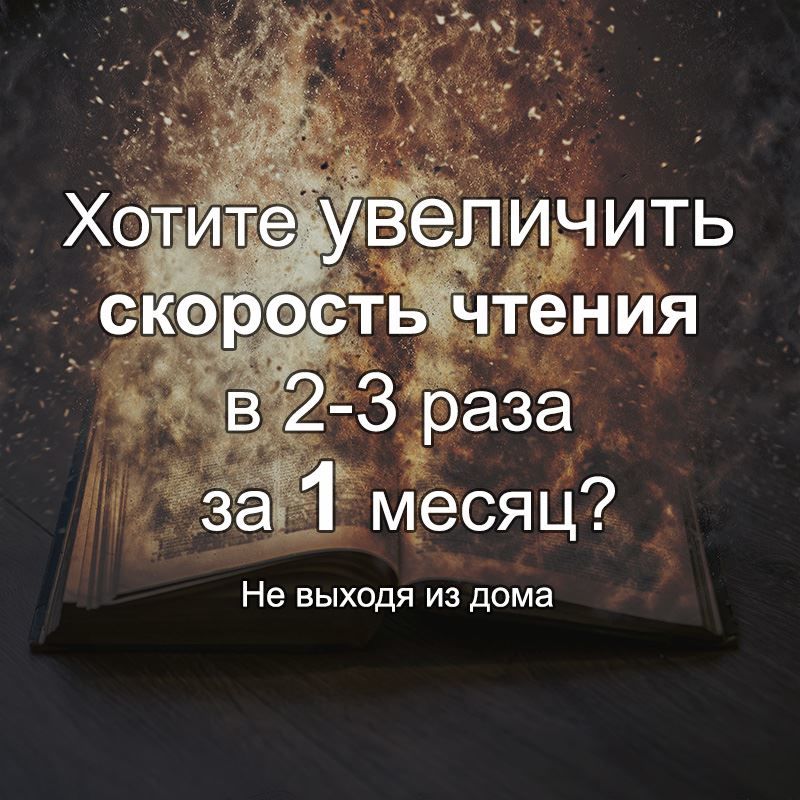
THE first descriptions of the syndrome that would eventually be named malignant hyperthermia (MH) were made in the early 1960s. By 1970, it became clear that alterations in skeletal muscle constituted the primary defect in MH.
Write something about yourself. No need to be fancy, just an overview. No Archives Categories.
We offer a six month free trial (preview) version of PlaceMaker. The trial allows users to see the various data sets to see if PlaceMaker will provide the needed data for their area of interest. How do creative freelancers work? 15 Teaching as a freelancer 18 A profile of creative freelancers 19 Where do freelancers live and work? Creative freelancers, including access to finance and workspace requirements, are (or are likely to become) issues for the workforce at large. Programmu proverki znanij ekzamen versiya 15.
Through the collaboration of an outstanding pharmacologist, Werner Kalow, and a thoughtful clinical anesthesiologist, Beverly Britt, the basic elements of the common test for MH were described. Kalow and Britt subjected biopsied muscle to graded increments of caffeine, demonstrating a leftward shift of the dose–response curve in muscle from patients who had experienced an episode of MH. Described how muscle from these patients developed contractures to clinical concentrations of halothane in vitro. Between 1970 and 1985, testing was standardized ( e.g., which muscle to biopsy, exposure regimens, diagnostic thresholds) to develop an accurate diagnostic test for MH. Two slightly different protocols emerged: a European version and a North American version, both using halothane alone and caffeine alone as the testing reagents. Meanwhile, in Japan, a slightly different approach was developed using muscle fibers that were chemically or mechanically “skinned.” This review summarizes the clinical evaluation of the patient with presumed MH susceptibility (MHS) and describe tests that are used in this evaluation. In general, suitable patients for biopsy include those with a family history of MH or who display unexplained hypercarbia, and those who exhibit perioperative rhabdomyolysis ().
By itself, massive rhabdomyolysis in association with hyperkalemia and cardiac arrest is usually not MH. Nonetheless, some experts advise muscle biopsy, as much for histology and analysis for dystrophin to detect muscular dystrophy as to exclude MH. Exercise-induced rhabdomyolysis has also been associated with MH. MH is a hypermetabolic disorder, and many other diseases and conditions can mimic it. Modern anesthetic techniques and drugs seem to retard the development of an MH episode, relative to the classic fulminant episode, e.g., marked hypermetabolism, hyperthermia, acidosis, rhabdomyolysis, and cardiac arrhythmias. This led to the development of a clinical grading scale to estimate the likelihood that an MH episode has occurred.
The scale incorporates six clinical criteria: evidence of muscle rigidity, muscle breakdown, respiratory acidosis, temperature increase, cardiac involvement, and family history (). The likelihood of MH increases if the patient has manifested multiple signs of MH.
However, in the absence of certain laboratory values or incomplete vital signs, the grading scale loses power and might underestimate the probability of MH. The appropriate course is to have the patient and family evaluated for MHS at an MH biopsy center; this might include biopsy of both parents of a patient with possible MHS. Regional anesthesia using nerve blocks or neuroaxial blocks is usually employed for muscle biopsy, supplemented with sedation as needed. Some clinicians supplement a nontrigger general anesthetic with a nerve block. Direct muscle infiltration with local anesthetic is contraindicated because it could adversely affect tissue viability. Most centers do not perform biopsies in patients aged less than 5 yr because of the amount of muscle required to be harvested. The procedure is usually performed on an outpatient basis.
Proper surgical technique is crucial. The surgeon must not use electrocautery or stretch the muscle. The caffeine–halothane contracture test (CHCT) requires approximately 2 g of muscle excised from the vastus lateralis or vastus medialis muscle. In the laboratory, the muscle is longitudinally dissected into strips. Small sutures are placed at both ends, and the strips are mounted into baths, with one end attached to a stationary hook and the other to a force transducer. Electrical stimulation resulting in muscle contraction (twitching) confirms tissue viability. Six muscle strips are mounted.
Torrent lonely planet vietnam pdf free. Torrent Trackers hash 5acfd7b9fc81bf9b46b19b0d0a32f89ae69c71e0 udp://tracker.leechers-paradise.org:6969/announce 3 hours 38 17 udp://tracker.coppersurfer.tk:6969/announce 53 mins 36 13 udp://explodie.org:6969/announce 3 hours 3 4 udp://tracker.opentrackr.org:1337/announce 1 hour 4 0 udp://tracker.internetwarriors.net:1337/announce 7 hours 1 2 udp://tracker.port443.xyz:6969/announce 8 hours 1 1 6 hours 1 0 udp://retracker.lanta-net.ru:2710/announce 6 hours 1 0 7 hours 1 0 udp://retracker.baikal-telecom.net:2710/announce 7 hours 0 1.